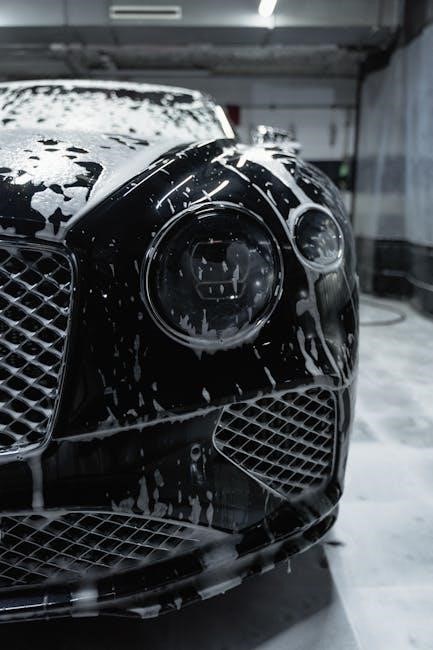Car detailing is a comprehensive process that enhances your vehicle’s appearance through meticulous cleaning and protection, covering both interior and exterior to maintain its pristine condition․
What is Car Detailing?
Car detailing is a meticulous process of cleaning, restoring, and protecting a vehicle’s interior and exterior to achieve a showroom-like appearance․ It involves thorough cleaning, polishing, and applying protective coatings to surfaces․ Detailing addresses paint correction, glass treatment, and upholstery care, ensuring every detail is perfected․ This process not only enhances aesthetics but also preserves the vehicle’s value and longevity, making it a vital maintenance routine for car enthusiasts and owners alike․
Why is Car Detailing Important?
Car detailing is essential for maintaining a vehicle’s condition and longevity․ It protects surfaces from damage, enhances appearance, and improves resale value․ Regular detailing prevents dirt buildup, preserves paint health, and ensures interior cleanliness․ It also addresses issues like odors, stains, and paint defects, restoring a car to its original beauty․ A well-detailed vehicle reflects proper care and craftsmanship, making it more appealing to owners and potential buyers while ensuring long-term durability and performance․
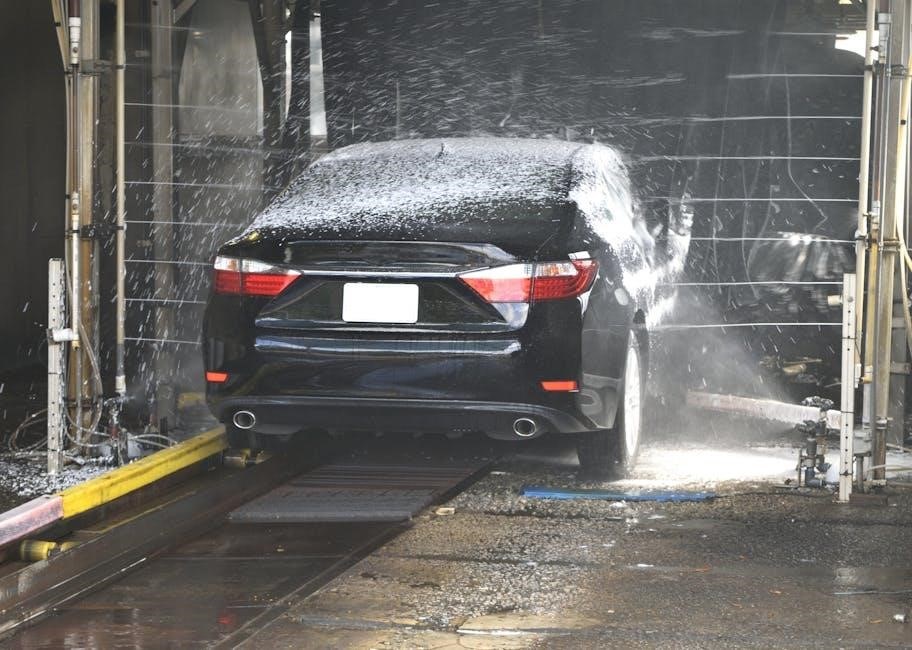
Types of Car Detailing
Car detailing includes interior, exterior, and advanced techniques, focusing on cleanliness, protection, and enhancement to preserve and customize your vehicle’s appearance and functionality effectively․
Interior Detailing
Interior detailing involves thoroughly cleaning and enhancing the inside of a vehicle, focusing on surfaces, upholstery, and accessories․ This process includes vacuuming, wiping down dashboards, and sanitizing high-touch areas․ Specialized products like brushes and stain removers are used to tackle tough spots․ Upholstery is cleaned with shampoos or steam, while leather is conditioned for protection․ Glass surfaces are polished for clarity, and carpets are deodorized for a fresh interior environment․ Attention to detail ensures a clean, hygienic, and visually appealing cabin․
Exterior Detailing
Exterior detailing focuses on restoring and protecting the car’s outer surfaces, enhancing its appearance and longevity․ The process begins with a thorough wash to remove dirt and contaminants․ Techniques like clay barring and polishing are used to smooth and refine the paint, eliminating imperfections․ High-quality waxes or ceramic coatings are applied to seal the paint and provide durable protection․ Wheels, tires, and windows are also cleaned and treated to complete the transformation, ensuring a sleek, showroom-like finish․
Advanced Detailing Techniques
Advanced detailing techniques involve cutting-edge methods to enhance and protect your car’s surfaces․ Ceramic coating application creates a durable barrier against environmental elements, while Paint Protection Film (PPF) shields paint from scratches and damage․ These techniques require specialized tools and products, ensuring a flawless finish and long-term preservation of your vehicle’s condition․ They are ideal for car enthusiasts seeking premium protection and a showroom-like appearance, offering superior results compared to standard detailing practices․
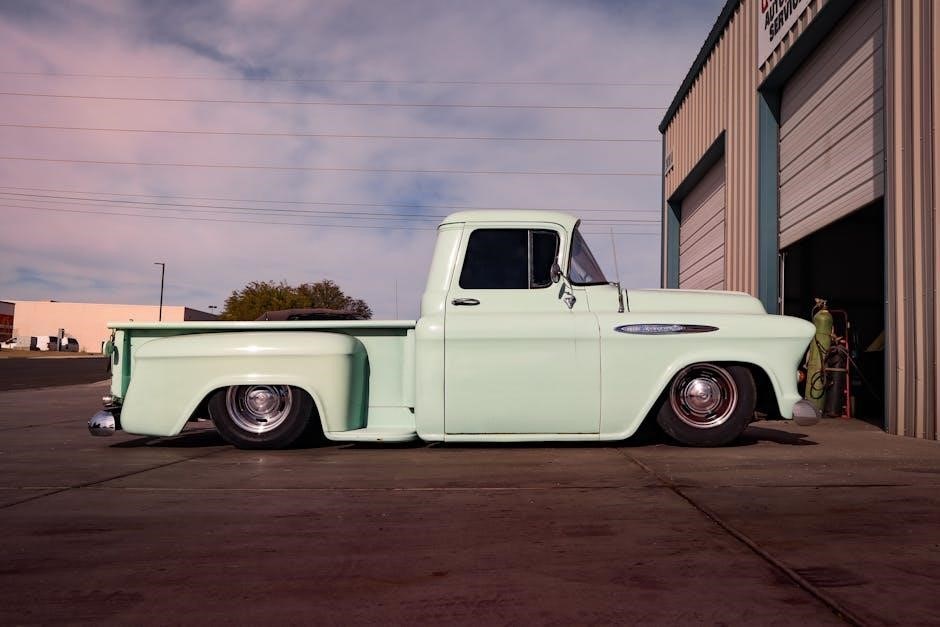
Necessary Supplies for Car Detailing
Essential supplies include microfiber towels, brushes, vacuum cleaners, cleaning agents, polishes, waxes, and protective coatings․ These tools ensure a professional-level clean and long-lasting protection for your vehicle․
Interior Cleaning Products
Interior cleaning products are vital for/detailing․ They include upholstery cleaners, glass sprays, dashboard polishes, and odor eliminators․ These solutions effectively remove stains, dirt, and bacteria while leaving a fresh scent․ Always choose pH-balanced formulas to protect materials like leather and vinyl․ Regular use of these products ensures a clean, hygienic, and pleasant interior environment․ Proper application and buffing with microfiber towels enhance the finish and prevent residue buildup․
Exterior Cleaning Tools
Essential exterior cleaning tools include soft-bristle wash mitts, hoses with spray nozzles, microfiber towels, squeegees, and detailing brushes․ These tools help safely remove dirt, grime, and contaminants without damaging the paint․ Wash mitts are ideal for hand washing, while microfiber towels prevent streaks and scratches during drying․ Squeegees are perfect for cleaning windows, and detailing brushes reach tight spaces like wheels and emblems․ Proper use of these tools ensures a spotless, damage-free exterior finish, enhancing the car’s overall appearance and protection․
Protective Coatings and Waxes
Protective coatings and waxes are essential for safeguarding your car’s exterior․ Waxes provide a barrier against UV rays and minor scratches, while sealants offer long-lasting protection․ Ceramic coatings create a hydrophobic layer, repelling water and contaminants․ Paint Protection Film (PPF) shields against debris and abrasions․ Regular application of these products maintains the paint’s gloss and prevents deterioration․ Choosing the right coating depends on your car’s condition, climate, and desired level of protection, ensuring a pristine finish for years to come․
Step-by-Step Interior Detailing
Interior detailing involves vacuuming, cleaning surfaces, sanitizing, and organizing․ Start with upholstery and carpets, then move to dashboards, consoles, and glass․ Finish with a fresh scent․
Cleaning and Vacuuming
Cleaning and vacuuming are the first steps in interior detailing․ Remove loose debris, vacuum seats, carpets, and crevices․ Use a brush attachment for tight spaces․ Wipe surfaces with eco-friendly cleaners, avoiding electronics․ Focus on high-touch areas like the steering wheel and dashboard․ For tough stains, use a gentle scrubber․ Finish by sanitizing and leaving a fresh scent․ This process ensures a clean, hygienic interior, preparing it for further detailing steps․
Upholstery and Carpet Care
Upholstery and carpet care involve deep cleaning to remove stains and odors․ Vacuum thoroughly, then spot-clean stains with gentle cleaners․ For leather, use conditioners to maintain softness and protect against cracking․ Fabric upholstery may require steam cleaning or specialized shampoos․ Avoid harsh chemicals that could damage materials․ Dry surfaces completely to prevent mold or mildew․ Regular maintenance ensures longevity and keeps interiors fresh and pristine, enhancing both comfort and appearance for years to come․
Glass and Surface Cleaning
Glass and surface cleaning require precision to ensure clarity and safety․ Use streak-free cleaners and microfiber towels to avoid scratches․ Clean mirrors, windows, and windshields thoroughly, avoiding circular motions that may create marks․ For tinted windows, use specialized products to prevent damage․ Regular cleaning maintains visibility and enhances driving safety․ Avoid using household cleaners, as they can leave residues or damage coatings․ Proper techniques ensure a spotless finish, improving both aesthetics and functionality of your vehicle’s surfaces․
Exterior Detailing Process
Exterior detailing focuses on enhancing a vehicle’s outer appearance through thorough washing, polishing, and protective treatments, ensuring a showroom-like finish and long-term protection․
Washing and Drying Techniques
Proper washing involves using mild soap and soft sponges or microfiber mitts to avoid scratches․ Rinse thoroughly to remove dirt and soap residue․ Drying with microfiber towels prevents water spots․ Always clean from top to bottom and use clean water to minimize contamination․ Avoid direct sunlight during washing to prevent soap from drying onto the paint․ Regular washing maintains the vehicle’s appearance and protects the exterior surfaces from damage caused by dirt and contaminants․
Clay Bar and Polishing
A clay bar removes contaminants like tar and overspray, smoothing the paint surface․ Polishing enhances gloss by correcting minor scratches and imperfections․ Use a clean, soft cloth to apply polish evenly․ Start with coarse-grit polishes for deeper defects, then switch to fine-grit for finishing․ Avoid over-polishing, as it can damage the clear coat․ Regular polishing maintains the paint’s health and ensures a showroom-like finish․ Always work in small sections and inspect progress to achieve optimal results․
Waxing and Sealing
Waxing and sealing are essential steps to protect your car’s paint and maintain its shine․ Wax acts as a barrier against environmental elements, while sealants offer longer-lasting protection․ Apply wax using circular motions with a clean cloth, ensuring full coverage․ For sealants, use a similar technique but allow it to cure before buffing․ Regular waxing and sealing prevent paint damage, reduce UV exposure effects, and make future detailing easier․ Always choose products suitable for your car’s paint type for optimal results․
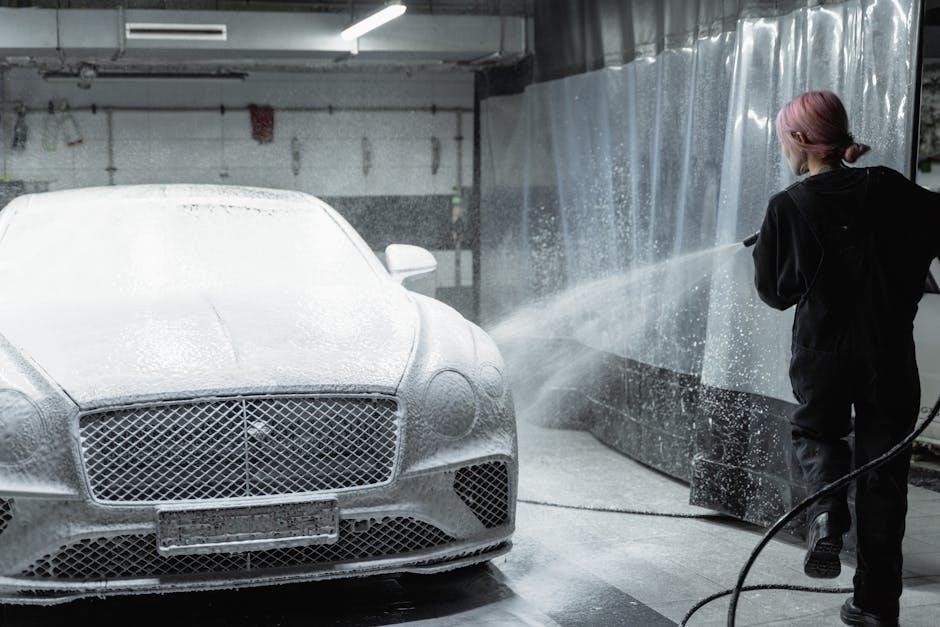
Paint Correction and Enhancement
Paint correction and enhancement restore and improve your car’s exterior finish by addressing imperfections like scratches and fading, ensuring a flawless, showroom-like appearance․
Identifying Paint Defects
Identifying paint defects involves inspecting for scratches, swirl marks, oxidation, and contamination․ Scratches vary in depth, while swirl marks appear as circular patterns․ Oxidation causes dullness and fading, often from UV exposure․ Contamination, like tar or overspray, leaves stubborn spots․ Inspecting under different lighting helps spot imperfections․ Using tools like magnifying lights or reflection boards enhances accuracy․ Proper identification ensures targeted correction, restoring the paint’s original gloss and durability․ Early detection prevents defects from worsening, maintaining the vehicle’s aesthetic and resale value․
Polishing and Buffing
Polishing and buffing are essential steps in paint correction, removing imperfections like scratches and swirl marks․ Polishing uses abrasive compounds to smooth the paint surface, while buffing enhances gloss with rotating pads․ These techniques restore clarity and depth to the paint․ Proper tool selection, such as dual-action or rotary polishers, ensures safe and effective results․ Regular polishing maintains the vehicle’s showroom appearance and protects against environmental damage․
Maintaining Paint Health
Maintaining paint health is crucial for preserving your car’s exterior appearance and longevity․ Regular washing with mild detergents removes contaminants, while waxing or ceramic coatings provide a protective barrier․ Avoiding direct sunlight and using UV-resistant products helps prevent fading․ Touching up scratches promptly stops rust from forming․ Consistent upkeep ensures the paint remains vibrant, resistant to environmental damage, and retains its showroom finish for years to come․
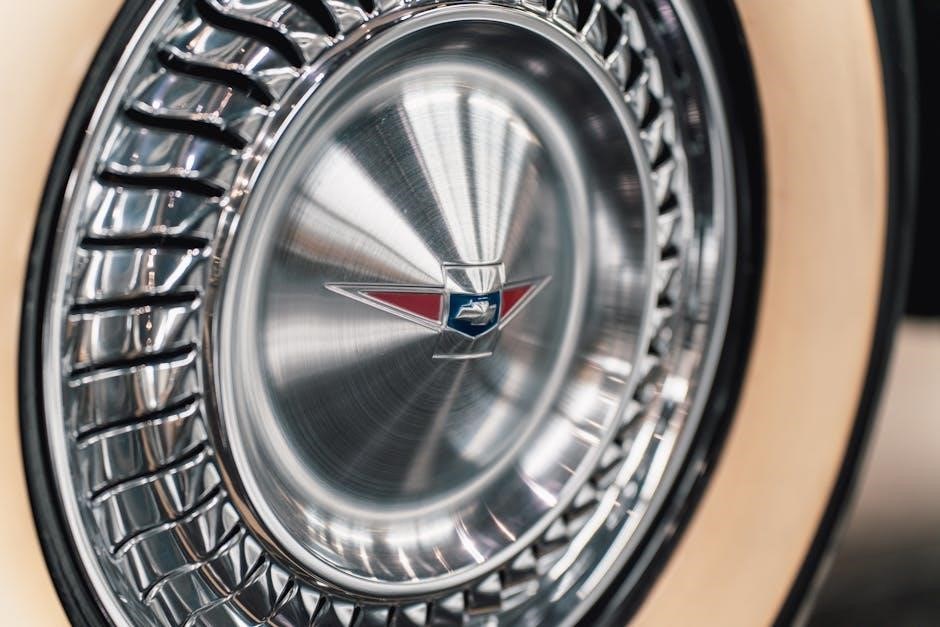
Advanced Techniques
Advanced detailing methods involve specialized tools and products for superior results, offering long-term protection and enhanced appearance through cutting-edge solutions like ceramic coatings and paint protection films․
Ceramic Coating Application
Ceramic coating is a cutting-edge method that applies a liquid polymer to protect your car’s paint and surfaces․ It offers long-lasting defense against UV rays, contaminants, and minor scratches while enhancing gloss․ The process involves thorough surface preparation, including cleaning and polishing, followed by applying the coating in thin layers․ Proper curing ensures durability, making it a popular choice for car enthusiasts seeking superior protection and a sleek appearance․ Regular maintenance ensures its effectiveness over time․
Paint Protection Film (PPF)
Paint Protection Film (PPF) is a transparent, durable vinyl layer applied to a car’s exterior to shield the paint from chips, scratches, and UV damage․ It is typically installed on high-impact areas like the hood, bumper, and mirrors․ The film is nearly invisible and preserves the vehicle’s showroom appearance․ Installation involves precise cutting and application to ensure a seamless fit․ PPF is a popular choice for car owners seeking long-term protection without altering the car’s original look․ Regular maintenance ensures its effectiveness․
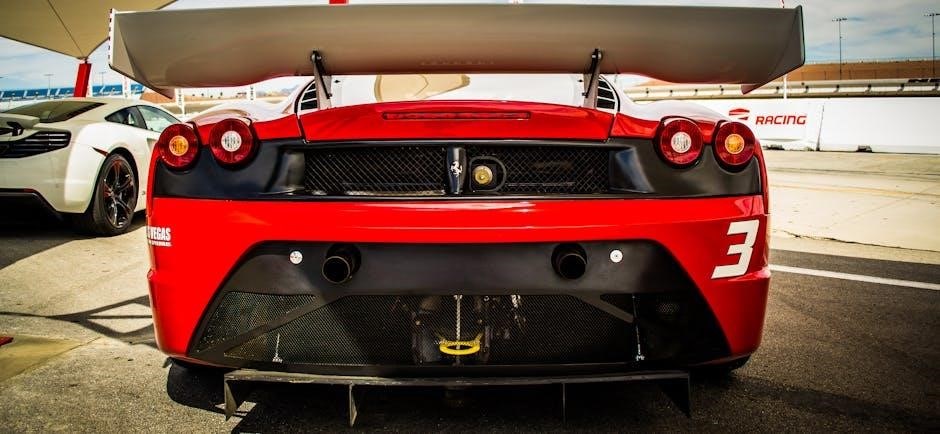
Professional Tips and Tricks
Mastering car detailing requires precision and consistency․ Use high-quality tools, follow a structured routine, and pay attention to detail for exceptional results every time․
Building a Client Base
Building a loyal client base requires effective marketing and exceptional service․ Start by identifying your target audience and promoting your detailing services locally․ Use online platforms like Google Ads to optimize campaigns and attract customers․ Offer discounts for first-time clients and encourage referrals․ Partner with local car washes or auto shops to expand visibility․ Ensure customer satisfaction by delivering high-quality work, fostering trust, and maintaining open communication․ Consistency and reliability are key to retaining clients and growing your business organically․
Marketing Your Detailing Business
Effective marketing is crucial for growing your detailing business․ Utilize online platforms like Google Ads to optimize campaigns and attract local customers․ Create a strong social media presence by sharing before-and-after photos of your work․ Develop a professional website showcasing your services, pricing, and testimonials․ Leverage SEO to ensure your business appears in search results for car detailing in your area․ Partner with local auto shops or dealerships to cross-promote services․ Consistent branding and customer-focused content will help establish credibility and attract new clients․
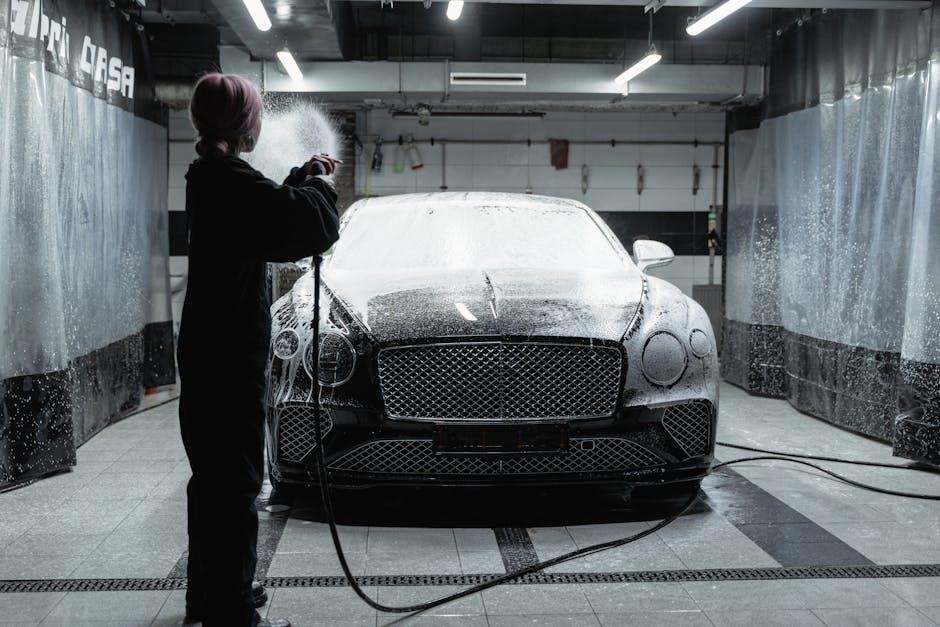
Final Touches and Maintenance
Post-detailing inspection ensures perfection, while regular maintenance like cleaning and protective product application keeps the vehicle pristine, preserving its appearance and longevity over time․
Post-Detailing Inspection
A thorough post-detailing inspection ensures all work meets high standards, checking interior, exterior, and surfaces for cleanliness and protection․ Review glass clarity, upholstery condition, and odor elimination․ Verify that all detailing steps are completed and address any missed areas․ This final check ensures customer satisfaction and a flawless finish, guaranteeing the vehicle is spotless and well-maintained․
Regular Maintenance Routine
A consistent maintenance routine keeps your car looking its best․ Regular washing with mild detergents prevents dirt buildup, while weekly vacuuming maintains interior cleanliness․ Conditioning upholstery and leather ensures longevity, and periodic glass cleaning enhances visibility․ Applying protective coatings like wax or ceramic sealants safeguards the exterior․ Regular checks and touch-ups prevent minor issues from becoming major problems, ensuring your vehicle remains pristine and well-maintained over time․

